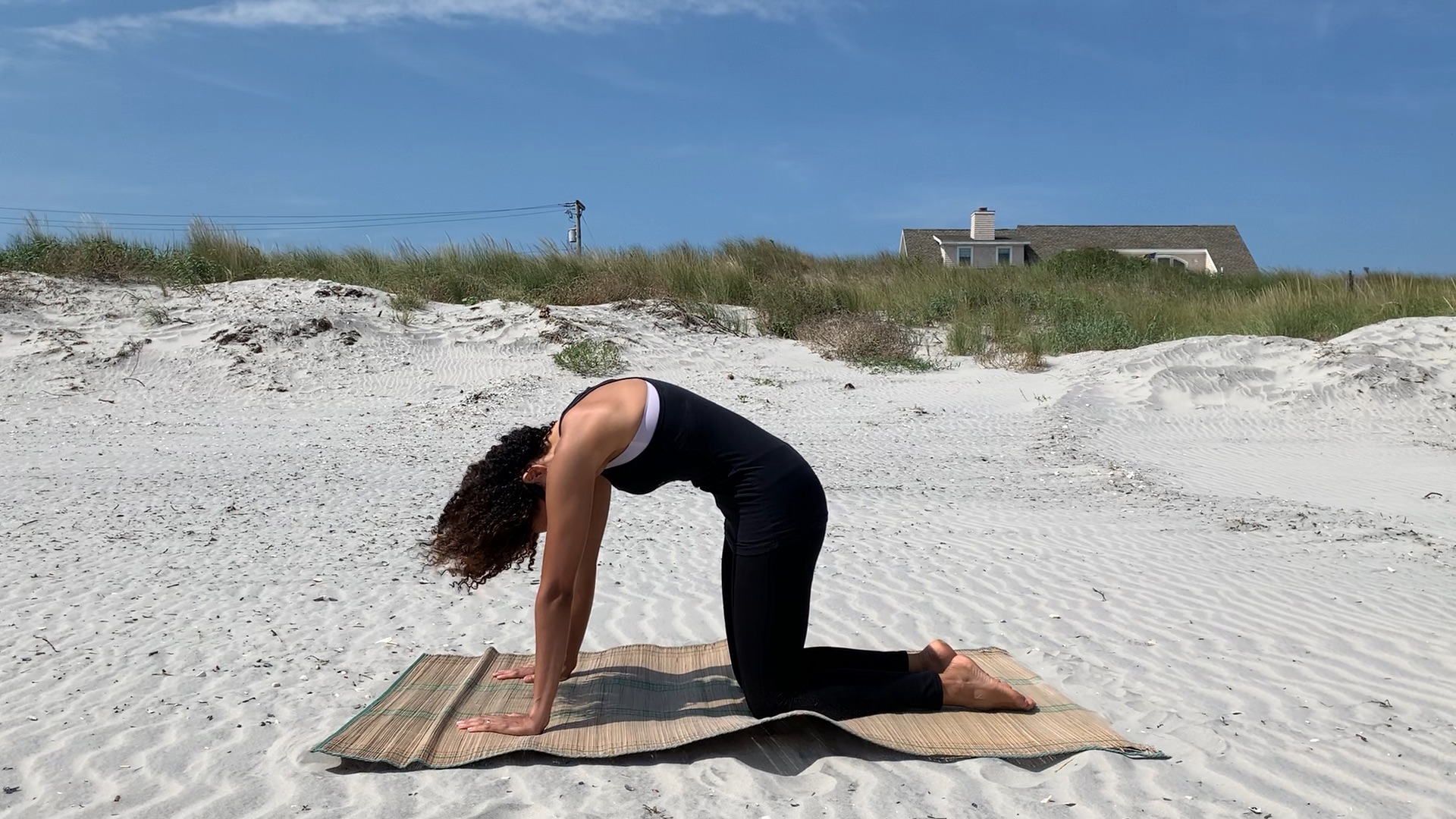Stretching


Mid-Back and Rib Mobility
The human back is a complex network of muscles and bones that connects the upper portion of our body to the lower via our spine. Most often, when a person complains of pain in their back, it is usually in the neck (cervical spine) or the lower back (lumbar spine). The upper and middle portion…

Hamstrings: Stretching and Strengthening
https://www.kaa-yaa.com/best-exercises-building-big-strong-hamstrings/ The Hamstring muscle group is located along the posterior upper leg, between the pelvis and the knee. It is comprised of three separate muscles: the Biceps Femoris, the Semitendinosus and the Semimembranosus muscles. They originate at the Ischial Tuberosity (or “sits bones”) and end at the knee. The Biceps Femoris is the larger lateral…

The Gluteus: 3 Stretches and 3 Strengthening Exercises
The Gluteus muscle group is made up of 3 main muscles: Gluteus Maximus, Medius and Minimus. https://par4success.com/wp-content/uploads/2017/07/Gluteal_Muscle.jpg Gluteus Maximus is the biggest muscle in the human body and is responsible for extension and outward rotation of the hip. It is also the main muscle that evolved to allow us to walk upright and become bipedal!…

Big toe (FHL): injuries & treatment
Anatomy The big toe muscle, or Flexor Hallicus Longus (FHL) is 1 of 3 deep muscles located on the posterior aspect of the Fibula (outside lower leg bone) below the deep fascia. This muscle has its own synovial sheath traveling deep down near the Flexor Retinaculum, crossing the posterior ankle joint, and lateral to the…

5 Stretches for the Gluteus Medius and Minimus
The Gluteus Medius and Gluteus Minimus muscles are a pair of muscles located in the lateral posterior hip area. The Gluteus Medius originates on the Gluteal surface of the Ilium, just under the Iliac crest and inserts on the Greater Trochanter of the Femur (see image A). Its primary action is abduction of the hip…

Daily stretching routine for lower back pain
Do you suffer from chronic lower back pain (LBP)? Did you doctor or physical therapist suggest daily stretches? The video below is a daily stretching routine for the lower back, meant to encourage you to stick to daily stretching by removing the need to think about your moves: simply put your favorite music on, and…

Flexibility vs Mobility
The ideas of flexibility and mobility play a vital role in the fitness and rehab industry. One is just as important as the other, but one thing I’ve noticed throughout years of practice is that many times both terms are used interchangeably, when in fact, both hold completely separate meanings. How you integrate both into…

Triceps Strain
Fig. 1 The Triceps Brachii is a muscle group in the back of the upper arms. We perform many usual tasks and movements involving the Triceps, and at times we even focus on them in our workouts. Such repetitive use can lead to muscle strain. We will review below some ways to prevent strain occurrence…

GROIN STRAIN
Every lower body movement connects in to your hips and pelvis. At the base of your pelvis are your adductor muscles, also referred to as your inner thighs. These muscles assist with adduction (pulling your legs together), flexion and medial rotation of the legs. Cause A groin strain usually occurs from a sudden, awkward movement…

The Lower Anterior Leg: 3 Stretches and 3 Self-Massage Techniques
The lower anterior leg (the shin) contains a group of long, tendinous muscles that are responsible for dorsiflexion and eversion of the foot, extension of the toes, and assist with ankle stabilization. Specifically, the Tibialis Anterior is the largest and most superficial of the shin muscles, and runs down the length of the shin in…



